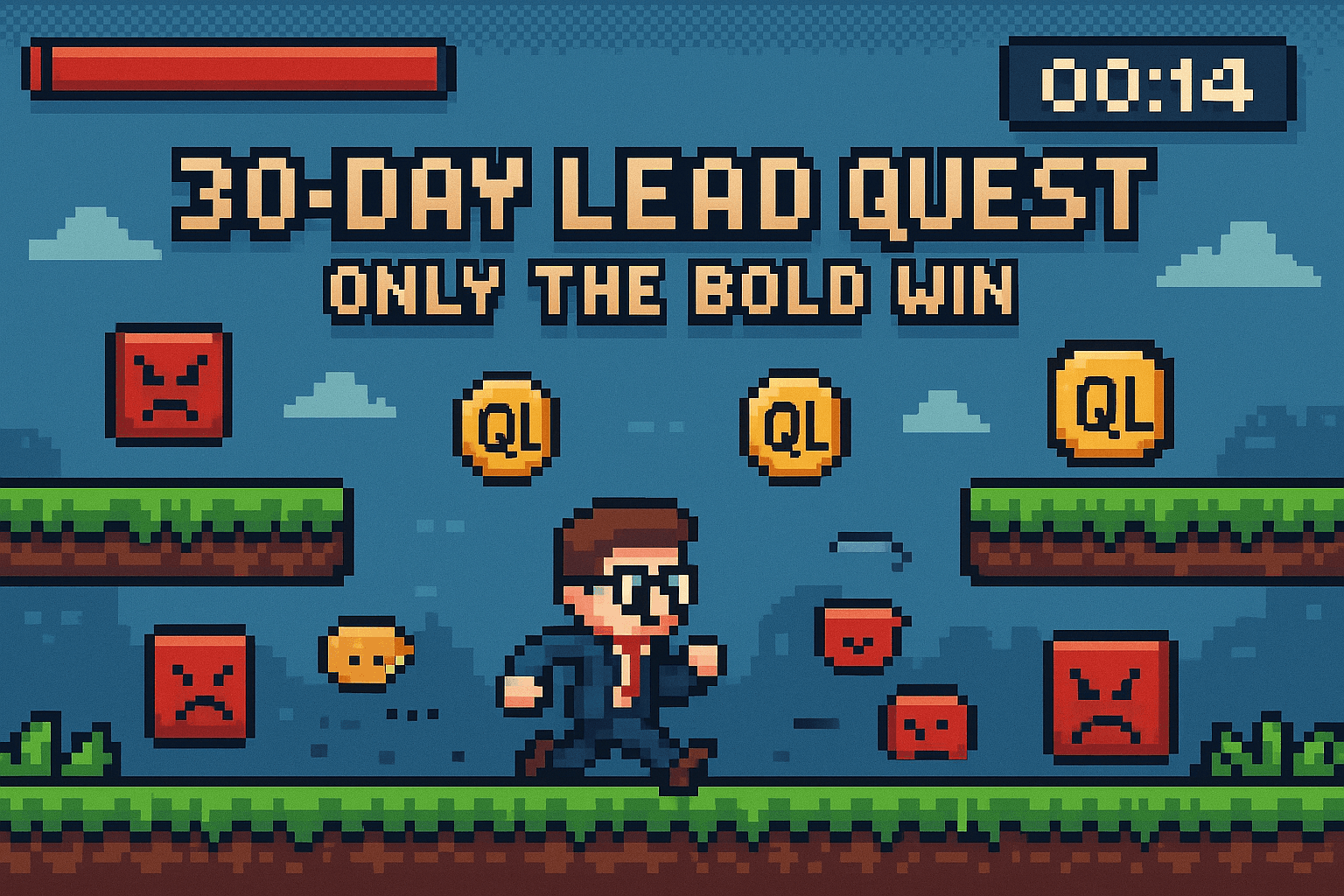Generating and qualifying your first 10 leads with a systematic lead scoring process requires careful planning, execution, and iteration. This comprehensive 30-day plan integrates best practices from leading CRM systems and industry insights to establish a measurable, repeatable, and scalable approach. It includes defining your qualification criteria, implementing and refining your scoring model in any leading CRM such as Freshsales, monday.com, Copper, or Marketo.
Preparatory Phase: Days 1–4
Day 1: Set Objectives and Define ‘Qualified Lead’
- Clarify what constitutes a ‘qualified lead’ (e.g., Marketing Qualified Lead (MQL), Sales Accepted Lead (SAL)) tailored to your business context.
- Establish your ideal customer profile (ICP), considering industry, company size, roles, and typical pain points.
- Align sales and marketing stakeholders on definitions and expectations to ensure cohesive qualification standards .
Day 2: Research and Choose Lead Scoring Criteria
- Select explicit demographic/firmographic criteria (job title, company size, industry) alongside implicit behavioral criteria (website visits, email opens, content downloads).
- Assign preliminary point values reflecting the relative importance of each criterion based on industry benchmarks (e.g., webinar attendance = +10, pricing page visit = +5, unsubscribing from email = -5) .
Day 3: Select and Prepare Your CRM
- Choose a CRM that supports flexible lead scoring, like Freshsales (with AI scoring), monday.com, HubSpot, or Copper’s workflow prioritization features .
- Set up a basic sales pipeline and import any existing leads or sample contacts for practice.
Day 4: Finalize Your Lead Scoring Framework
- Consolidate your explicit and implicit scoring signals and finalize point allocations.
- Establish threshold scores for stages such as MQL, SAL, and SQL (e.g., MQL at or above 50 points) .
Lead Generation and Data Collection: Days 5–14
Days 5–6: Create Lead Capture Assets and Channels
- Develop optimized lead capture forms on your website and landing pages.
- Prepare compelling lead magnets (guides, templates, demo offers) to drive signups .
Days 7–8: Launch Lead Generation Campaigns
- Initiate paid and organic marketing campaigns targeting your ICP:
- Paid ads on platforms like LinkedIn and Google.
- Content marketing such as blogs, webinars, and downloadable resources.
- Network outreach for direct referrals.
Days 9–14: Collect and Enrich Leads
- Monitor inbound leads, event registrations, and form submissions.
- Use CRM tools for automatic enrichment of lead profiles with company data, social information, and intent signals .
- Daily, review new leads, assigning demographic info and updating behavioral scores as interactions occur (email opens, site visits) .
Implement Scoring Automations and Early Qualification: Days 15–19
Day 15: Build Out Scoring Automation
- Establish custom fields for each scoring criterion within your CRM.
- Use formula columns (monday.com) or AI features (Freshsales) to compute overall lead scores automatically.
- Alternatively, use spreadsheets with scoring tables for CRMs lacking automation .
Day 16: Set Up Notifications and Triggers
- Configure notifications to alert your sales team when leads cross qualification thresholds.
- Use visual flags, tags, or color-coding to indicate lead status within your CRM .
Days 17–19: Test and Refine Scoring Logic
- Input test leads with different profiles to validate scoring accuracy.
- Adjust point allocations to ensure high-intent leads are correctly surfaced as qualified .
Active Lead Nurturing and Engagement: Days 20–24
Days 20–21: Personalized Lead Nurturing
- Segment leads by score tiers (hot, warm, cold).
- Deploy targeted email sequences and outreach via LinkedIn or phone calls for high-scoring leads to deepen engagement .
Days 22–23: Score Further Engagements
- Track ongoing actions such as replies, additional content downloads, or webinar attendance.
- Update lead scores automatically or manually to reflect new data.
- Deduct points for disengagement signals like unsubscribes or email bounces .
Day 24: Schedule Qualification Calls/Meetings
- Arrange discovery or qualification calls with leads exceeding threshold scores.
- Use these interactions to confirm fit and update scoring with qualitative insights .
Review, Iterate, and Achieve 10 Qualified Leads: Days 25–30
Days 25–27: Review Progress and Scorecard
- Analyze pipeline and lead scoring dashboard.
- Identify all leads surpassing qualification thresholds.
- Refine scoring criteria using observed conversion trends (e.g., increasing the weight of webinar attendance if it strongly correlates with closing) .
Days 28–29: Final Qualifying Push
- Engage leads on the cusp of qualification with targeted offers or invitations.
- Consider hosting a final webinar or offering exclusive demo slots to accelerate decisions.
- Solicit marketing and sales teams for additional lead sourcing if targets are unmet.
Day 30: Summarize Results and Next Steps
- Confirm achievement of 10+ qualified leads based on scoring and validation through sales outreach.
- Conduct a team debrief to evaluate what worked, challenges, and scoring effectiveness.
- Document insights and establish an improved, repeatable playbook for future lead qualification cycles .

